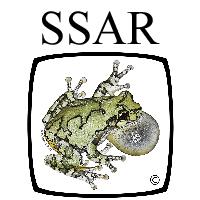Resource information
Golf courses represent a common type of anthropogenically modified habitat in suburban environments. Golf courses may provide suitable habitat for semi-aquatic animals in suburban areas, yet studies comparing animal abundances in golf course ponds with other pond types in suburban environments are somewhat limited. In this study, we compared turtle abundances in golf course ponds with ponds found in residential areas and ponds found in rural (farm) areas and examined the relationship between turtle abundance and residential land-cover within individual golf courses. We captured turtles in 10 golf course ponds, 5 ponds surrounded by residential development, and 5 ponds located on farms. We estimated abundance and the effects of pond area, pond type (i.e., residential, golf, farm) and percentage of residential development within golf course boundaries. Using binomial mixture models and Bayesian inference, we found that ponds surrounded by residential development had lower abundances of Painted Turtles (Chrysemys picta) and Sliders (Trachemys scripta) than ponds located on golf courses and farms. Additionally, golf courses that have a greater amount of residential development within course boundaries had fewer turtles than courses that contained minimal residential development. Our results suggest that golf courses can offer suitable habitat for semi-aquatic turtles in suburban areas. However, residential development within golf course boundaries appears to have a negative effect on local abundances. Thus, if golf courses are to be seen as reserves for wetland-dependent animals, golf courses with low housing density should be considered as a more preferable option than courses associated with extensive residential development.



